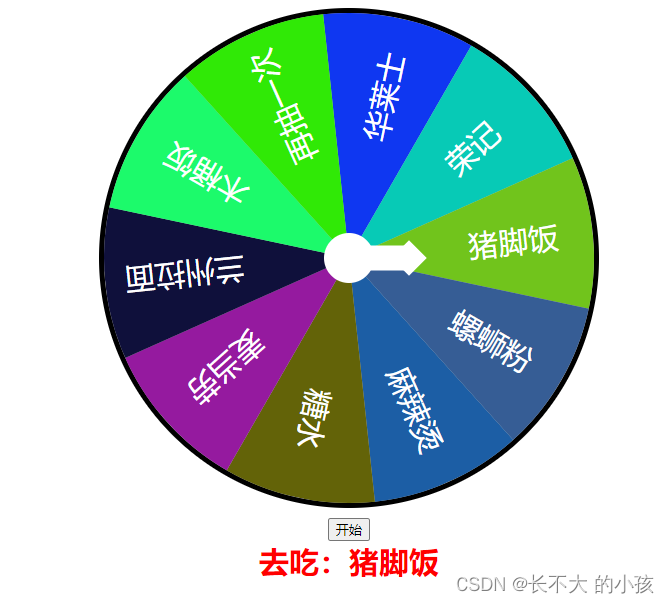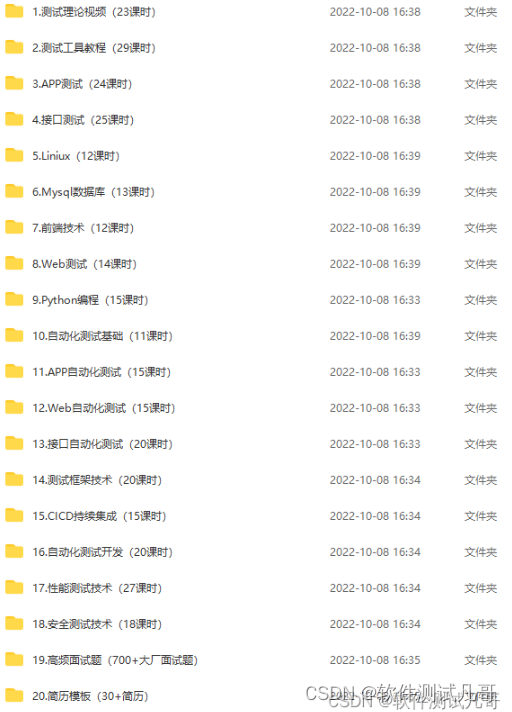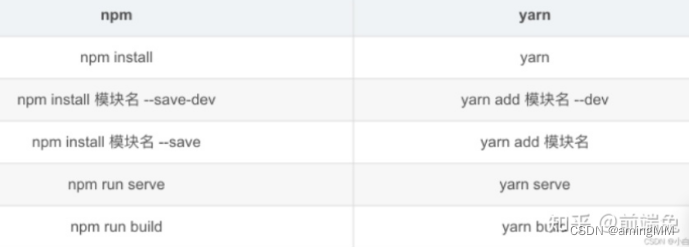目录
1.栈
1.1 栈的概念及结构
1.2 栈的实现
初始化栈:
入栈:
判空函数:
出栈:
获取栈顶元素:
获取栈中有效元素的个数:
销毁栈:
完整代码:
测试:
2. 队列
2.1 队列的概念及结构
2.2 队列的实现
队列的初始化:
队尾入队列:
判空函数:
队头出队列:
获取队列头部元素:
获取队列尾部元素:
获取队列中有效元素个数:
销毁队列:
完整代码:
测试:
1.栈
1.1 栈的概念及结构
栈:一种特殊的线性表,其只允许在固定的一端进行插入和删除元素操作。进行数据插入和删除操作的一端称为栈顶,另一端称为栈底。栈中的数据元素遵守后进先出的原则。
压栈:栈的插入操作叫做进栈/压栈/入栈,入数据在栈顶。
出栈:栈的删除操作叫做出栈。出数据也在栈顶。
数据进栈出栈遵循后进先出的原则:

下面看两道例题:
1.一个栈的初始状态为空。现将元素1、2、3、4、5、A、B、C、D、E依次入栈,然后再依次出栈,则元素出栈的顺序是( )。
A 12345ABCDE
B EDCBA54321
C ABCDE12345
D 54321EDCBA答案是B。
2.若进栈序列为 1,2,3,4 ,进栈过程中可以出栈,则下列不可能的一个出栈序列是()
A 1,4,3,2
B 2,3,4,1
C 3,1,4,2
D 3,4,2,1答案是C。
这道题说可以在进栈的过程中出栈,ABD不用说,只有C,先出栈的是3,说明此时栈里面1和2肯定还在,而1不可能在2之前出栈,所以选C。
1.2 栈的实现
实现栈有两种方式,一种是数组栈,一种是链式栈:
这里我们采用数组栈,因为数组在尾插的代价比较小。
首先,我们来定义一个结构体:
typedef int STDatatype;
typedef struct Stack
{
STDatatype* a;
int top;//栈顶元素位置
int capacity;//容量
}ST;下面我们来实现栈:
初始化栈:
初始化很简单,但要注意断言pst是否为空。(pst是结构体变量的地址,永远不为空,所以需要断言)
void STInit(ST* pst)
{
assert(pst);
pst->a = NULL;
pst->top = 0;//指向栈顶元素的下一个位置
pst->capacity = 0;
}入栈:
入栈时,我们要为栈开辟空间,然后才能插入数据。由于只有入栈需要开辟空间,所以这里我们并没有封装开辟空间的函数,直接在入栈函数里面开辟空间就行。
当pst->top=pst->capacity=0时,说明此时还没有就开辟空间,所以我们给它开辟4个字节大小。下次再进去,不等于0,空间就增容到上次的2倍。
void STPush(ST* pst, STDatatype x)
{
//开辟空间
if (pst->top == pst->capacity)
{
int newcapacity = pst->capacity = 0 ? 4 : (pst->capacity) * 2;
STDatatype* tmp = (STDatatype*)realloc(pst->a, sizeof(STDatatype) * newcapacity);
if (tmp == NULL)
{
perror("malloc fail");
return;
}
pst->a = tmp;
pst->capacity = newcapacity;
}
//插入
pst->a[pst->top] = x;
pst->top++;
}判空函数:
bool STEmpty(ST* pst)
{
assert(pst);
return pst->top == 0;
}出栈:
出栈只需要将pst->top--即可,但是注意要断言此时的栈不能为空。
STEmpty函数是用来判断栈是否为空,它的返回值类型是bool型,bool型返回true或false,当pst->top=0时,说明此时栈为空,返回true,取反!true为假,断言报错。
bool STEmpty(ST* pst)
{
assert(pst);
return pst->top == 0;
}
void STPop(ST* pst)
{
assert(pst);
assert(!STEmpty(pst));
pst->top--;
}获取栈顶元素:
直接返回栈顶元素即可,pst->top是栈顶元素的下一个位置,所以要返回pst->top-1处的值。
STDatatype STTop(ST* pst)
{
assert(pst);
assert(!STEmpty(pst));
return pst->a[pst->top - 1];
}获取栈中有效元素的个数:
int STSize(ST* pst)
{
assert(pst);
return pst->top;
}销毁栈:
因为是数组栈,所以直接free数组名即可。
void STDestory(ST* pst)
{
assert(pst);
assert(!STEmpty(pst));
free(pst->a);
pst->a = NULL;
pst->top = pst->capacity = 0;
}完整代码:
test.c
#define _CRT_SECURE_NO_WARNINGS 1
#include"Stack.h"
STTest1()
{
ST st;
STInit(&st);
STPush(&st, 1);
STPush(&st, 2);
printf("%d ", STTop(&st));
STPop(&st);
STPush(&st, 3);
STPush(&st, 4);
STPush(&st, 5);
while (!STEmpty(&st))
{
printf("%d ", STTop(&st));
STPop(&st);
}
STDestory(&st);
}
int main()
{
STTest1();
return 0;
}
Stack.h
#pragma once
#include<stdio.h>
#include<stdlib.h>
#include<assert.h>
#include<stdbool.h>
typedef int STDatatype;
typedef struct Stack
{
STDatatype* a;
int top;
int capacity;
}ST;
//初始化栈
void STInit(ST* pst);
//入栈
void STPush(ST* pst, STDatatype x);
//出栈
void STPop(ST* pst);
//判空
bool STEmpty(ST* pst);
//获取栈顶元素
STDatatype STTop(ST* pst);
//获取栈中有效元素个数
int STSize(ST* pst);
//销毁栈
void STDestory(ST* pst);Stack.c
#define _CRT_SECURE_NO_WARNINGS 1
#include"Stack.h"
//初始化栈
void STInit(ST* pst)
{
assert(pst);
pst->a = NULL;
pst->top = 0;
pst->capacity = 0;
}
//入栈
void STPush(ST* pst, STDatatype x)
{
//开辟空间
if (pst->top == pst->capacity)
{
int newcapacity = pst->capacity = 0 ? 4 : (pst->capacity) * 2;
STDatatype* tmp = (STDatatype*)realloc(pst->a, sizeof(STDatatype) * newcapacity);
if (tmp == NULL)
{
perror("malloc fail");
return;
}
pst->a = tmp;
pst->capacity = newcapacity;
}
//插入
pst->a[pst->top] = x;
pst->top++;
}
//判空函数
bool STEmpty(ST* pst)
{
assert(pst);
return pst->top == 0;
}
//出栈
void STPop(ST* pst)
{
assert(pst);
assert(!STEmpty(pst));
pst->top--;
}
//获取栈顶元素
STDatatype STTop(ST* pst)
{
assert(pst);
assert(!STEmpty(pst));
return pst->a[pst->top - 1];
}
//获取栈中有效数据的个数
int STSize(ST* pst)
{
assert(pst);
return pst->top;
}
//销毁栈
void STDestory(ST* pst)
{
assert(pst);
assert(!STEmpty(pst));
free(pst->a);
pst->a = NULL;
pst->top = pst->capacity = 0;
}
测试:

2. 队列
2.1 队列的概念及结构
队列:只允许在一端进行插入数据操作,在另一端进行删除数据操作的特殊线性表,队列中的元素遵循先进先出的原则
入队列:进行插入操作的一端称为队尾
出队列:进行删除操作的一端称为队头
队列很好理解,就像在食堂打饭一样,先排进队的先打饭,打完饭先走,

2.2 队列的实现
要实现队列,最好使用链表的方式,因为数组头删效率比较低。
我们先来定义一个结构体:
typedef int QDatatype;
typedef struct QueueNode
{
struct QueueNode* next;
QDatatype data;
}QNode;很明显,这是个单链表,我们要实现队列,还要知道队列的头和尾,以及队列中有效数据的个数,所以索性把它们也定义成一个结构体:
typedef struct Queue
{
QNode* phead;
QNode* ptail;
int size;
}Queue;phead就是队列的头,ptail就是队列的尾
下面我们来实现队列吧。
队列的初始化:
//初始化队列
void QueueInit(Queue* pq)
{
pq->phead = NULL;
pq->ptail = NULL;
pq->size = 0;
}队尾入队列:
和栈相似,在入队函数内部开辟空间,这其实就是单链表的尾插(不带哨兵位)。
//队尾入队列
void QueuePush(Queue* pq, QDatatype x)
{
assert(pq);
QNode* newnode = (QNode*)malloc(sizeof(QNode));
if (newnode == NULL)
{
perror("malloc fail");
return;
}
newnode->data = x;
newnode->next = NULL;
if (pq->ptail == NULL)
{
assert(pq->phead == NULL);
pq->phead = pq->ptail=newnode;
}
else
{
pq->ptail->next = newnode;
pq->ptail = newnode;
}
pq->size++;
}判空函数:
bool QueueEmpty(Queue* pq)
{
assert(pq);
return pq->size ==0 ;
}队头出队列:
这相当于单链表的头删,注意分情况,一个节点和多个节点要单独写,同时要用判空函数QueueEmpty()断言队列是否为空。
//队头出队列
void QueuePop(Queue* pq)
{
assert(pq);
assert(!QueueEmpty(pq));
//一个节点
//多个节点
if (pq->phead->next == NULL)
{
free(pq->phead);
pq->phead = pq->ptail= NULL;
}
else
{
QNode* next = pq->phead->next;
free(pq->phead);
pq->phead = next;
}
pq->size--;
}获取队列头部元素:
//获取队列头部元素
QDatatype QueueFront(Queue* pq)
{
assert(pq);
assert(!QueueEmpty(pq));
return pq->phead->data;
}获取队列尾部元素:
//获取队列尾部元素
QDatatype QueueBack(Queue* pq)
{
assert(pq);
assert(!QueueEmpty(pq));
return pq->ptail->data;
}获取队列中有效元素个数:
//获取队列中有效元素个数
int Queuesize(Queue* pq)
{
assert(pq);
return pq->size;
}销毁队列:
//销毁队列
void DestoryQueue(Queue* pq)
{
assert(pq);
while (pq->phead)
{
QNode* next = pq->phead->next;
free(pq->phead);
pq->phead = next;
}
pq->phead = pq->ptail = NULL;
pq->size = 0;
}完整代码:
test.c
#define _CRT_SECURE_NO_WARNINGS 1
#include"Queue.h"
QueueTest1()
{
Queue pq;
QueueInit(&pq);
QueuePush(&pq, 1);
QueuePush(&pq, 2);
QueuePop(&pq);
printf("%d ", QueueFront(&pq));
QueuePush(&pq, 3);
QueuePush(&pq, 4);
printf("%d ", QueueBack(&pq));
while (!QueueEmpty(&pq))
{
printf("%d ", QueueFront(&pq));
QueuePop(&pq);
}
DestoryQueue(&pq);
}
int main()
{
QueueTest1();
return 0;
}Queue.h
#pragma once
#include<stdio.h>
#include<assert.h>
#include<stdbool.h>
#include<stdlib.h>
typedef int QDatatype;
typedef struct QueueNode
{
struct QueueNode* next;
QDatatype data;
}QNode;
typedef struct Queue
{
QNode* phead;
QNode* ptail;
int size;
}Queue;
//初始化队列
void QueueInit(Queue* pq);
//队尾入队列
void QueuePush(Queue* pq, QDatatype x);
//队头出队列
void QueuePop(Queue* pq);
//获取队列头部元素
QDatatype QueueFront(Queue* pq);
//获取队列尾部元素
QDatatype QueueBack(Queue* pq);
//获取队列中有效元素个数
int Queuesize(Queue* pq);
//判空
bool QueueEmpty(Queue* pq);
//销毁队列
void DestoryQueue(Queue* pq);Queue.c
#define _CRT_SECURE_NO_WARNINGS 1
#include"Queue.h"
//初始化队列
void QueueInit(Queue* pq)
{
pq->phead = NULL;
pq->ptail = NULL;
pq->size = 0;
}
//队尾入队列
void QueuePush(Queue* pq, QDatatype x)
{
assert(pq);
QNode* newnode = (QNode*)malloc(sizeof(QNode));
if (newnode == NULL)
{
perror("malloc fail");
return;
}
newnode->data = x;
newnode->next = NULL;
if (pq->ptail == NULL)
{
assert(pq->phead == NULL);
pq->phead = pq->ptail=newnode;
}
else
{
pq->ptail->next = newnode;
pq->ptail = newnode;
}
pq->size++;
}
//判空函数
bool QueueEmpty(Queue* pq)
{
assert(pq);
return pq->size ==0 ;
}
//队头出队列
void QueuePop(Queue* pq)
{
assert(pq);
assert(!QueueEmpty(pq));
//一个节点
//多个节点
if (pq->phead->next == NULL)
{
free(pq->phead);
pq->phead = pq->ptail= NULL;
}
else
{
QNode* next = pq->phead->next;
free(pq->phead);
pq->phead = next;
}
pq->size--;
}
//获取队列头部元素
QDatatype QueueFront(Queue* pq)
{
assert(pq);
assert(!QueueEmpty(pq));
return pq->phead->data;
}
//获取队列尾部元素
QDatatype QueueBack(Queue* pq)
{
assert(pq);
assert(!QueueEmpty(pq));
return pq->ptail->data;
}
//获取队列中有效元素个数
int Queuesize(Queue* pq)
{
assert(pq);
return pq->size;
}
//销毁队列
void DestoryQueue(Queue* pq)
{
assert(pq);
while (pq->phead)
{
QNode* next = pq->phead->next;
free(pq->phead);
pq->phead = next;
}
pq->phead = pq->ptail = NULL;
pq->size = 0;
}测试:
以上就是栈和队列的实现了,下一节我们讲几个栈和队列QJ题,
未完待续。。。
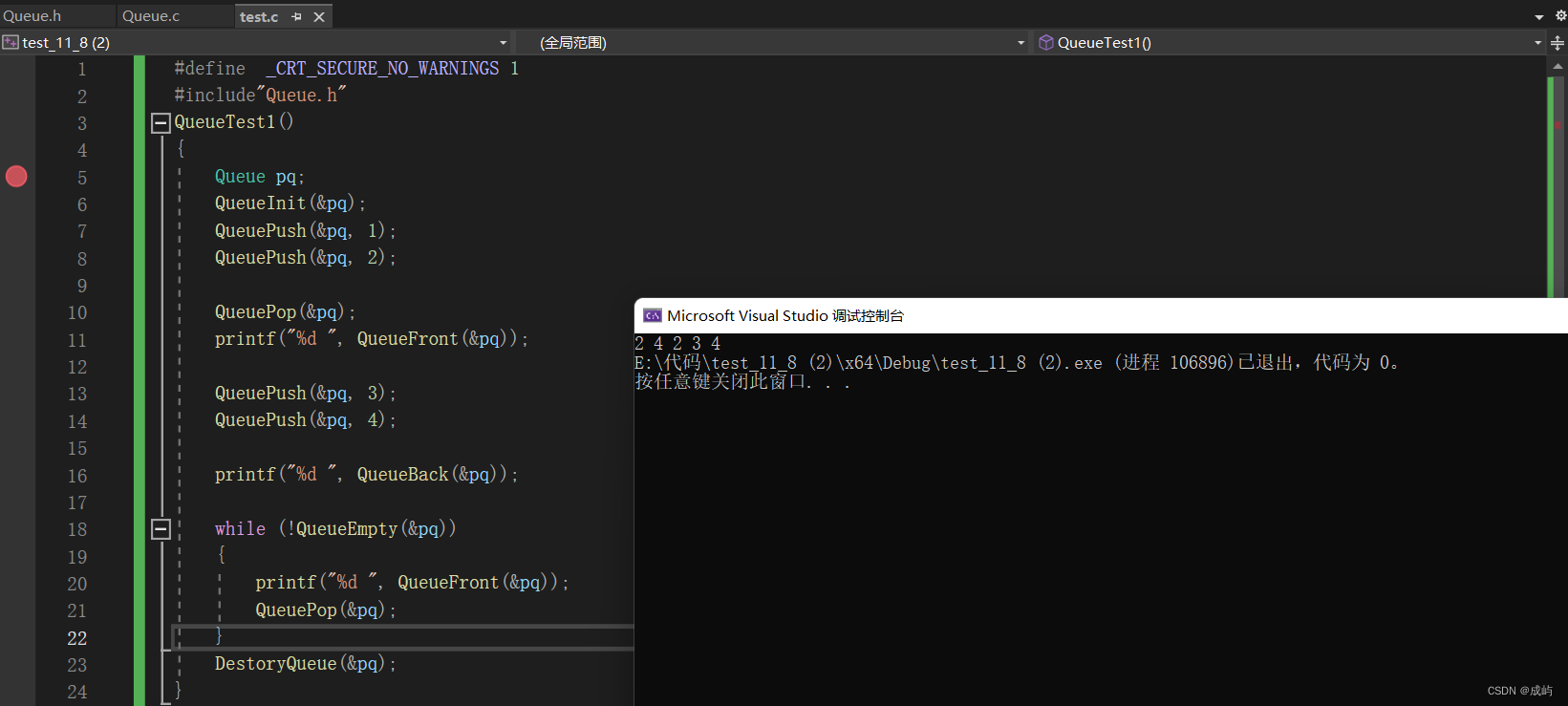

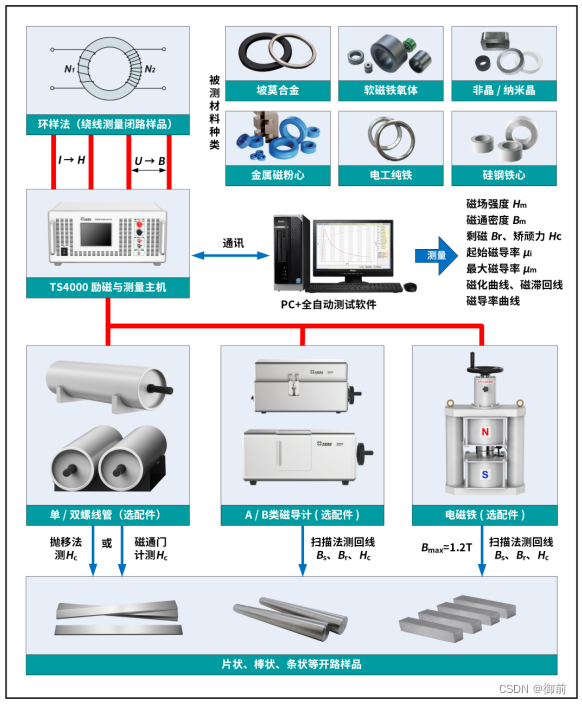



![【题解 堆】 [蓝桥杯2023初赛] 整数删除](https://img-blog.csdnimg.cn/d48c569fd2ab40d7bee550a41ce2609b.png)



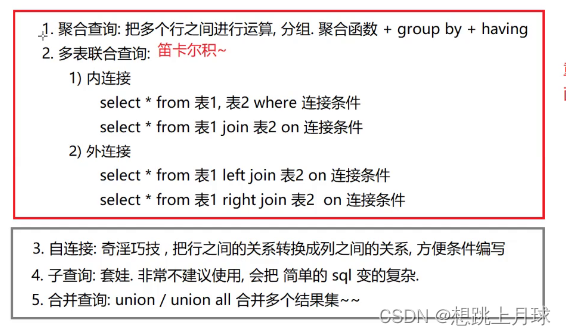


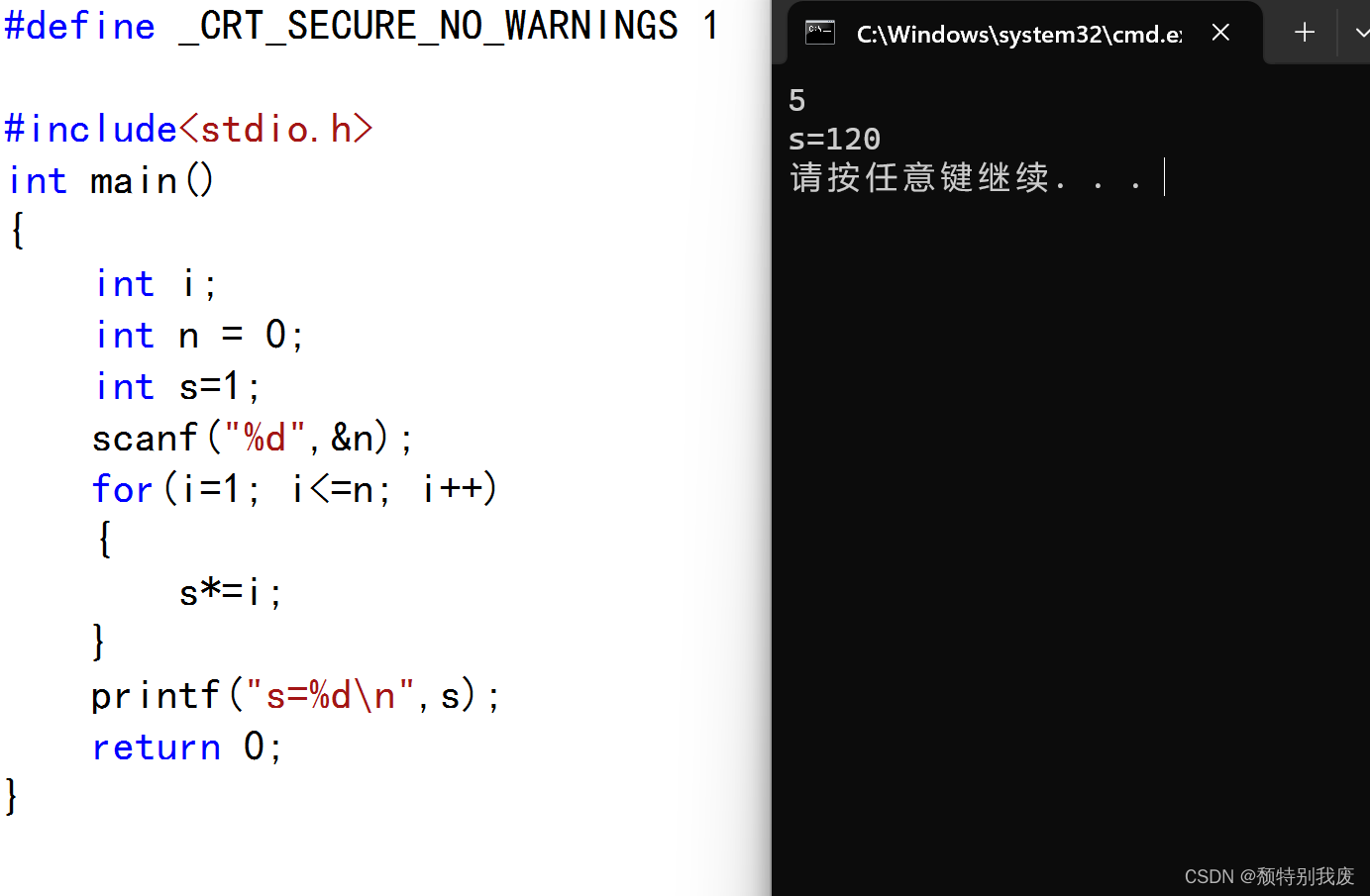
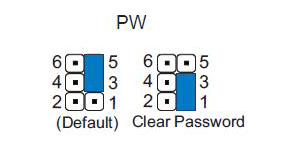
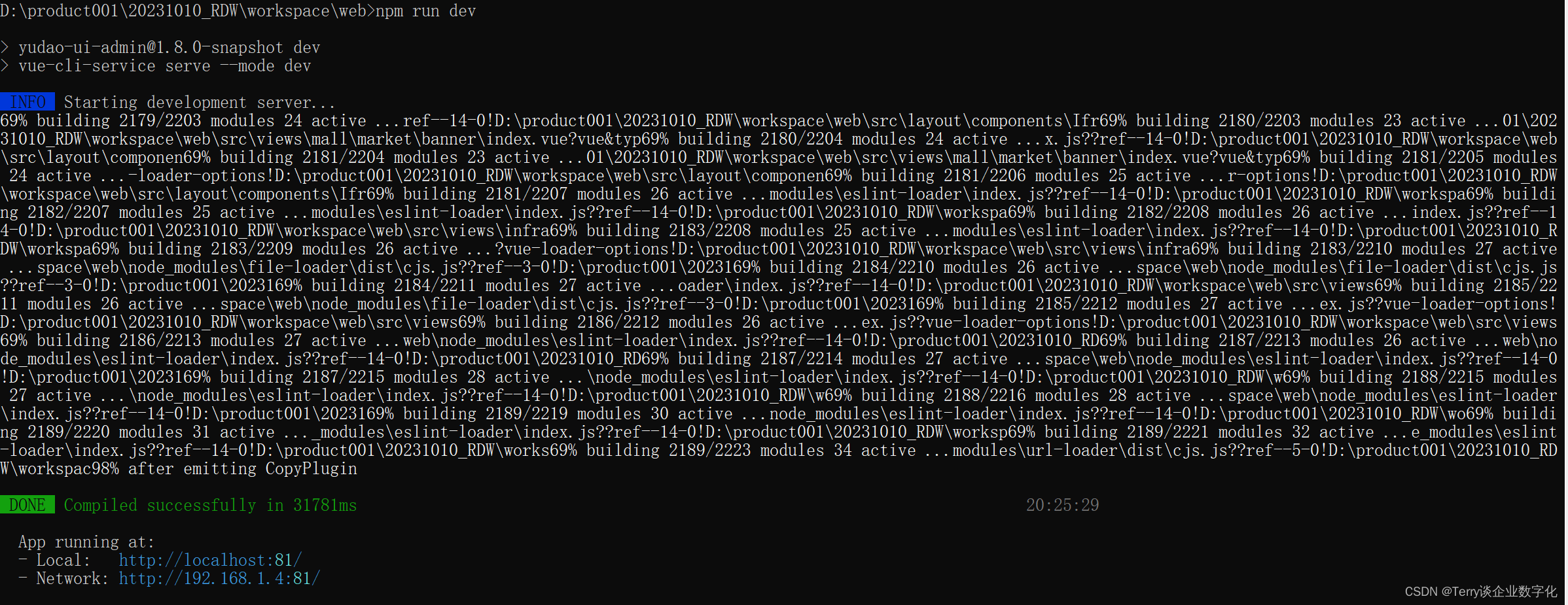
![C++初阶 | [二] 类和对象(上)](https://img-blog.csdnimg.cn/b90083ab527647959402781080e912b1.png)
